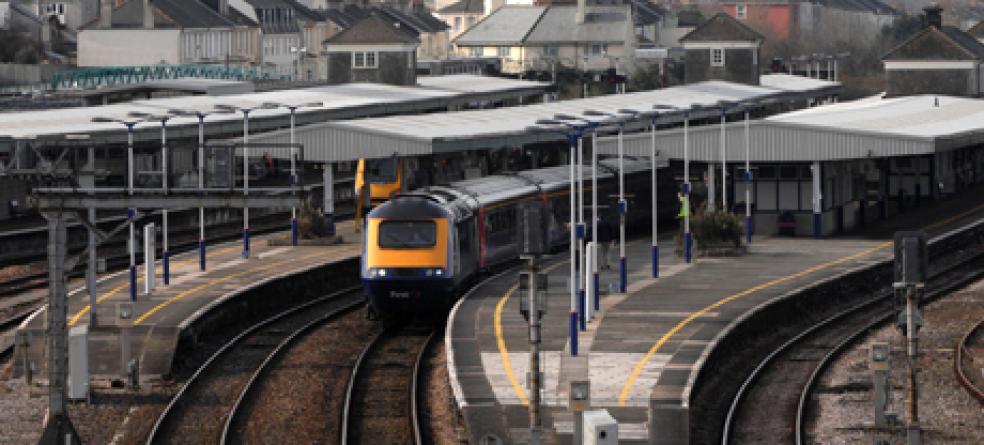
New Peninsula Rail Task Force sets out case for investment
The newly-formed Peninsula Rail Task Force has hit the ground running setting out the case for greater investment across the South West rail network.
A report ‘the South West Spine – the Case for Greater Investment across the South West Peninsula Railway Network’ has been signed by the leaders of all five councils and sent to Ministers at the Department for Transport as well as officials in Network Rail.
It calls for an urgent increase in investment to improve not only resilience of the network in the face of more frequent extreme weather events, but also to provide sufficient capacity to meet the huge rise in passengers. It asks for an urgent feasibility study into the best options for providing network resilience against weather-related disruption to:
- Cowley Bridge/Stoke Canon
- the Dawlish/Teignmouth seawall
- other sites of potential repeated disruption on the Berks & Hants line including the Somerset Levels and across all lines in the peninsula.
The report also calls for the Government to recognise the limits of current rail investment priorities for the South West and urges them to revise their plans to reflect the sharp rise of passengers in recent years. It asks the Department for Transport to:
- draw up detailed plans on how to increase capacity to tackle overcrowding and cater for passenger numbers from next year
- accept the need to provide sufficient rolling stock on time, without depending on the timetable for electrifying routes in the Thames Valley, which is likely to be too late to release sufficient trains to meet the needs of the Far South West
- improve the Exeter-Waterloo line as a diversionary route to allow this line to be used once more as a diversion route to London and the North in the event of disruption to the main line
- commit to a programme of track and signalling improvements to reduce journey times between the Far South West and London and Birmingham.
- commit to rolling out of further electrification to include all main lines from London to the Far South West including between Newbury and Taunton and Bristol – Paignton and Plymouth and possibly beyond in the next phase of electrification after London-South Wales is completed
- commit to funding these recommendations as a matter of the highest priority
Plymouth’s Cabinet Member for Transport, Councillor Mark Coker said: “There’s been a lot of good work from all the authorities and the region’s MPs raising awareness that the network in this region is simply not coping with what the elements are throwing at it.
“But we needed to make sure our message to Government is clear and joined up. We need to work with the industry not against it and by joining forces, we can help shape the rail services we need.”
The report also notes that:
- the Network Rail’s Strategic Business Plan does not set out plans to invest in measures to reduce disruption due to weather at sites of repeated resilience failure or take into account unprecedented passenger growth or spell out how that growth will be catered for
- there are no Government plans to provide sufficient train capacity to cater for growth, even though the growth in the Far South West has been sustained and high for many years
- interim arrangements for extending the Great Western Franchise, initially to October 2013 and then for a further two years, make no reference to the urgent need for increased train capacity across the franchise area to accommodate growth
- Electrification plans (after the current phase of electrification of the main line to South Wales) and unlike other parts of the country, have not been published within Network Rail’s Western Route Plan– potentially leaving the Far South West as the only main railway line in the country that will not be electrified going into the next decade.
- There is no Government recognition that the Far South West has the slowest main line speeds in the country and that increasing the number of faster trains between the Far South West and London/Birmingham can unleash economic growth through better connectivity. This can and should be rectified by a relatively small amount of investment in track and signalling compared to that committed to rail projects elsewhere.












